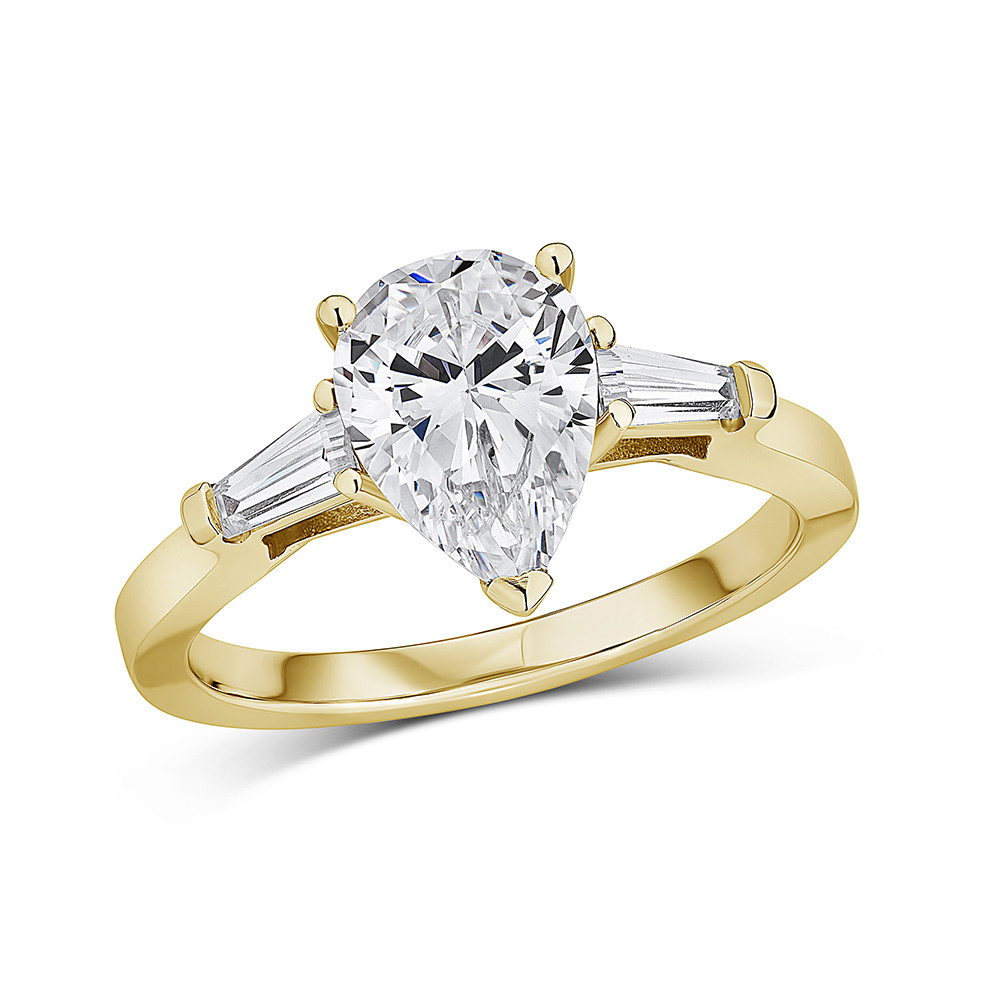
Advanced Techniques for Mastering Photo Retouching
Photo retouching is a necessary skill for photographers, graphic designers, and digital artists. It's the fine art of enhancing images to achieve a polished, professional look. As basic techniques become more widely known, mastering advanced retouching methods sets professionals apart. This guide will research some advanced techniques that will take your photo retouching skills to the next level.
Understanding the Importance of Advanced Retouching
Advanced retouching is not just about fixing flaws. It's about adjusting an image to its full potential. Whether it's for fashion photography, portraits, or commercial work, advanced retouching can create a visual event that tells a story. It involves subtle enhancements that bring out the best in an image without making it look processed.
Frequency Separation for Perfect Skin
Relative frequency separation is a method that allows you to work on the texture and color of the skin separately. This method is widely used in portrait retouching to smooth skin while protecting natural textures.
Step-by-Step Guide:
Duplicate your image layer twice.
Apply a Gaussian blur to the lower layer to remove fine details, keeping only the colors.
On the upper layer, use the 'Apply Image' command with 'Subtract' or 'Add' blending to classify the texture.
Set the blending mode of the top layer to 'Linear Light' to make the image.
Use the healing brush or clone stamp tool to work on the texture layer, and use the lasso tool with a slight feather on the color layer to smooth out color transitions.
Tricky skills for Sculpting Light
Tricky skills are important techniques used to sculpt light and shadow, adding depth and dimension to your images. This method is determined for fine-tuning the lighting and enhancing the contours of a subject's face or body.
Step-by-Step Guide:
Create two curve adjustment layers: one for dodging (lightening) and one for burning (darkening).
Invert the masks to black, making them invisible.
Paint with a soft white brush on the masks where you want to add light or shadow.
Use low opacity (5-10%) and build up the effect gradually.
Focusing on enhancing stresses and shadows to accentuate the features, giving the image a 3D effect.
Advanced Color Grading Techniques
Color grading is more than just adjusting hue, saturation, and brightness; it's about creating a specific mood or atmosphere. Advanced color grading involves using multiple adjustment layers and blending modes.
Step-by-Step Guide:
Start with a Curves adjustment layer to set the total tonal balance.
Use Color Lookup tables (LUTs) to add a specific color cast.
Apply position maps to introduce complementary colors to the headliners and shadows.
Use exclusive colors to fine-tune specific colors within the image.
Experiment with different blending modes like 'Soft Light' or 'Overlay' to blend these effects naturally.
Mastering the Use of Masks and Selections
The right masking and selections are important for advanced retouching. Using masks allows you to target specific areas of an image for adjustments without affecting the rest of the picture.
Step-by-Step Guide:
Use the Pen Tool or advanced selection methods like 'Select and Mask' to create nice selections.
Refine the edges using feathering or contrast to get smooth transitions.
Apply the selection as a mask on adjustment layers to hold where the effect is applied.
Use position masks to blend effects seamlessly, such as changing from color to black and white.
Working with Advanced Sharpening Techniques
Sharpening is often the final touch in photo retouching, adding crispness and clarity to the image. Advanced sharpening techniques touch on using different methods for different areas of the image.
Step-by-Step Guide:
Use the 'High Pass' filter on a duplicate layer and set the blending mode to 'Overlay' for basic sharpening.
For more control, use the 'Unsharp Mask' filter, adjusting the radius and threshold for specific details.
Use layer masks to selectively sharpen areas like eyes or hair while leaving soft areas like skin untouched.
Apply sharpening at the end of your workflow and always view at 100% zoom to insure the effect is not overdone.
Composite and Manipulate Elements with Advanced Techniques
Creating composites involves mixing multiple images into one seamless final product. This requires advanced skills in hair masking, blending, and lighting.
Step-by-Step Guide:
Match the lighting and view of all elements to create a believable composite.
Use layer masks and soft brushes to blend the edges of elements.
Apply color and tonal adjustments to each section to insure consistency.
Use the Clone Stamp and Healing Brush tools to remove unwanted elements and smooth transitions.
Non-Destructive Editing Workflow
One of the most dangerous aspects of advanced retouching is maintaining a non-destructive workflow. This ensures that all changes can be reverted or adjusted without losing quality.
Step-by-Step Guide:
Use adjustment layers instead of direct adjustments.
Convert layers to smart objects before applying filters so they remain editable.
Use layer masks instead of erasing or deleting parts of the image.
Organize your layers and use layer groups to keep your workspace clean and manageable.
Utilizing AI-Powered Tools for Enhanced Retouching
After the rise of AI technology, photo retouching has become more smarter for all. Tools like Adobe Photoshop and Adobe Lightroom AI can assist with an automatic suggestion system.
Step-by-Step Guide:
Research AI-based skin retouching tools that smooth skin while protecting texture.
Use AI tools to save time on sky replacement or background removal.
Combine AI tools with manual techniques for refined results, using AI as a starting point rather than a complete solution.
Conclusion
Advanced picture editing techniques need patience, skill, and a good eye for detail. It is a blend of technological expertise and creative vision. By adding these strategies to your workflow, you can elevate your photographs from ordinary to spectacular, allowing them to stand out in an agonistic market. Remember that the key to advanced retouching is subtlety, aiming to better the image while remembering its first attractiveness.
